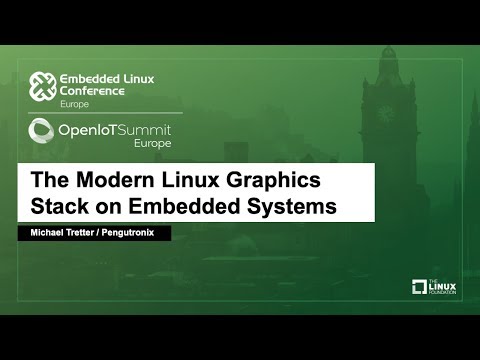Description:
Explore the modern Linux graphics stack on embedded systems in this 32-minute conference talk by Michael Tretter from Pengutronix. Delve into the transition from X to Wayland as the primary windowing system, examining recent additions to the Direct Rendering Manager (DRM) and their impact on graphics performance and power usage in embedded systems. Learn about the components of the Linux graphics stack, from kernel drivers to applications, with a focus on DRM, Wayland, and Weston, the reference Wayland compositor. Gain insights into user interface development, graphics hardware features, and the challenges specific to embedded systems. Discover how Wayland compositors are becoming a compelling choice for embedded systems with graphical user interfaces, and understand the importance of smart hardware utilization decisions in this context.

The Modern Linux Graphics Stack on Embedded Systems
Add to list
#Conference Talks
#Engineering
#Electrical Engineering
#Embedded Systems
#Computer Science
#Information Technology
#Linux
#Wayland